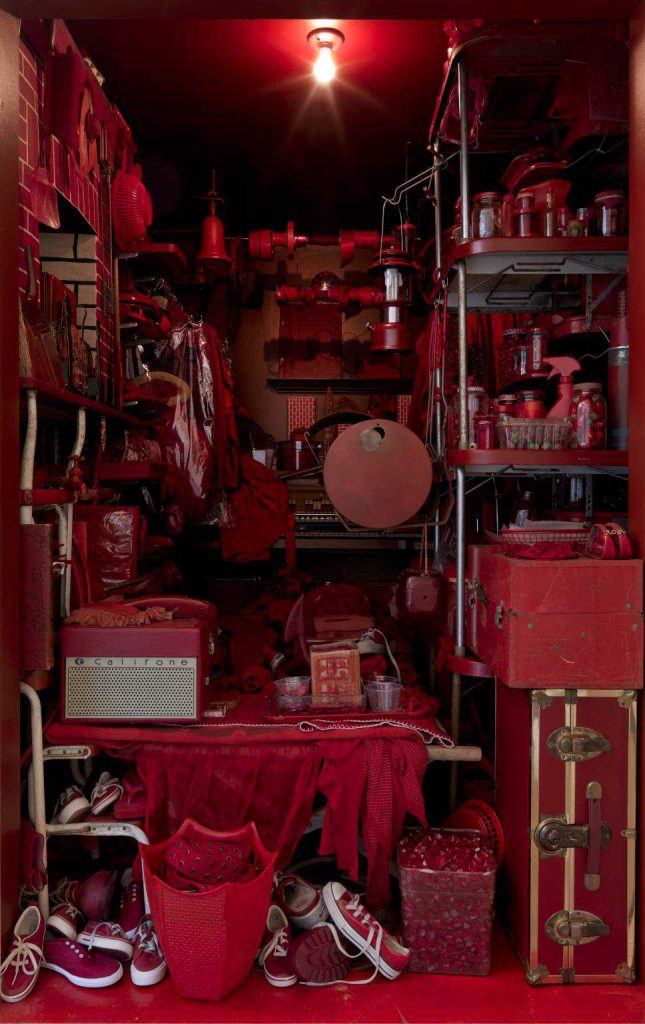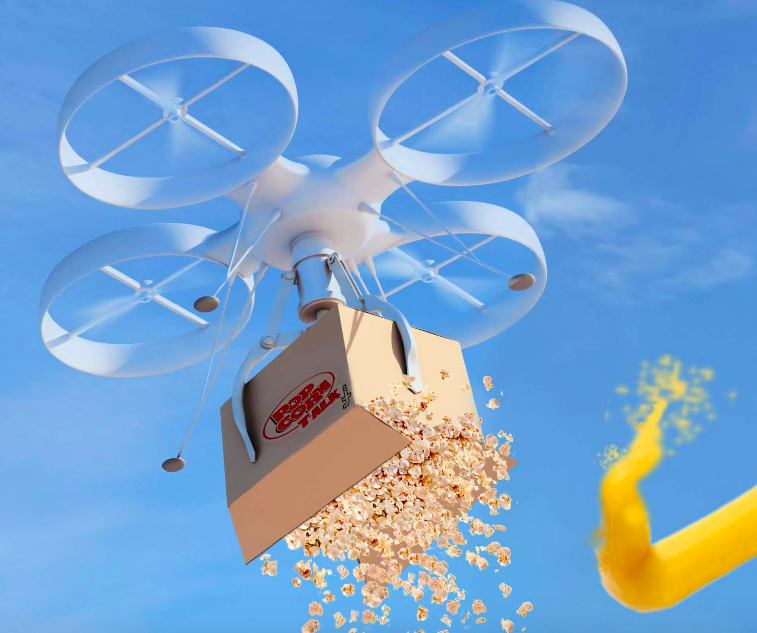Whether it be as trivial as a plastic grocery bag or a family heirloom, every human being inflicts personal value on the objects that they own. We are ultimately wired to connect physical, material items with experiences and moments in order to bring our past memories to life. In her piece collectiblr (2021), artist Vidya Giri explores this correlation between tangible objects, or “collectibles,” and the value that they hold for individual identities. While taking the concept a step further through her choice of medium, Giri adds an additional dimension to this theme by virtualizing the connection between memory and material matter.
collectiblr both catalogs and brings to life different collectible items that Giri incorporates throughout the website. The viewer can see four collections of giraffes, mushrooms, wildflowers, and other plants. Each collection contains 3D models of the items, allowing users to “hold” the artist’s memories. From a viewer’s perspective, I can clearly see how Giri plays with the connection of memories and objects by creating a greater distance between them. Rather than receiving a tangible experience with these objects, the viewer can only see the collectibles three-dimensional representations through their personal screen. collectiblr emphasizes the intimacy one can have with niche objects, however, it also demonstrates how the virtual portrayal of these valued objects makes their connection more impersonal. Simultaneously, Giri’s piece creates a space for objects that may not physically be “collectible.” Although the golden milkcap or the Texas bluebonnet are not tangible objects owned by Giri, they are still representations of her identity and establish her personal sense of nostalgia. Giri’s virtual creation of non-collectible objects demonstrates how the memories of an object hold value, but a virtual representation of said object allows for a certain level of tangibility that wasn’t previously possible.

collectiblr’s portrayal of valued objects and their connection to personal identity is a theme similarly explored in non-digital works such as Robert Therrien’s Red Room (2000-2007). Therrien’s installation consists of various objects that may seem random at first glance, but ultimately represent memories of his own past. The tightly packed monochrome space created by Therrien and the 3D collections built by Giri both deliver the same message that items seen as insignificant to the viewer hold a great level of value by their owner. What separates Therrien’s work from Giri’s is that collectiblr takes this concept a step further through its virtual dimension and ultimately encourages greater analysis by the viewer. The three-dimensional replicas of physical items allow for more channels of exploration than simply interpreting objects in their tangible state.
Although collectiblr addresses the generalized topic of material objects and their apparent value to individuals, it also invites for a greater interpretation of this connection. I believe this piece represents a barrier between people and the value of their collectibles through virtual reincarnation. However, Giri’s work simultaneously creates a bridge for those objects that are solely a memory with the value they place on an individual’s identity and past experiences. Not only is collectiblr focused on a theme that every individual can relate to, but it also invites conflicting views on the representation of material objects in a virtual manner.
:::

Ellie Holdsworth is a senior at the University of Richmond majoring in Global Studies with minors in Visual Arts and Entrepreneurship. She passionate about sustainable fashion and digital art and enjoys playing sports during her free time.


